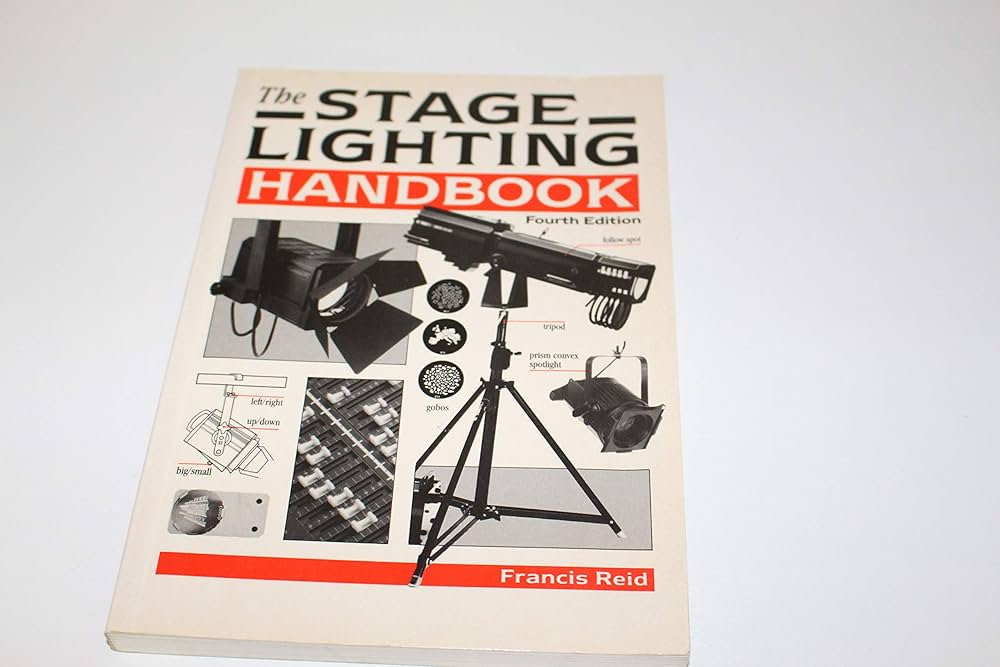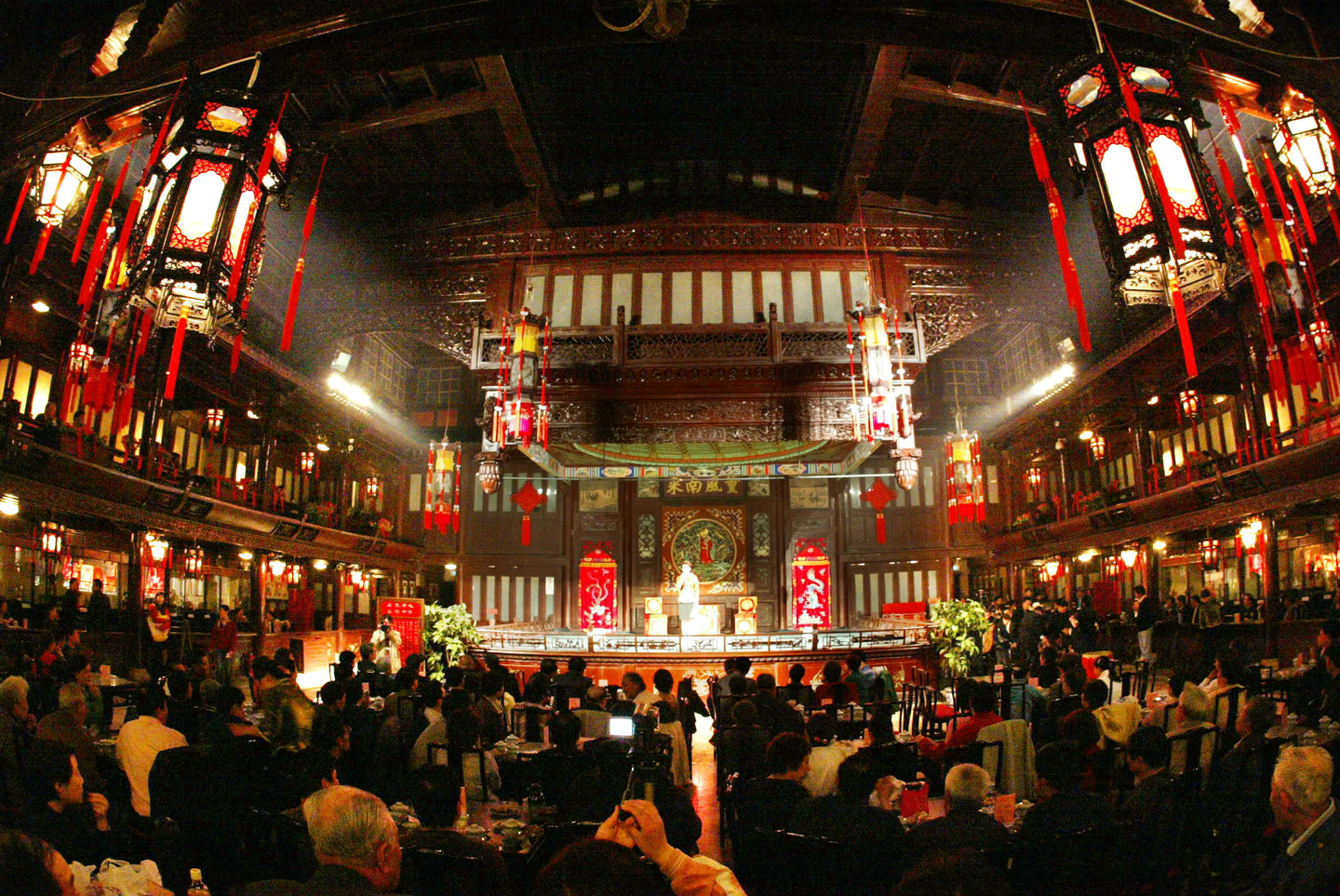Introduction: Lighting the First Spark
For aspiring lighting designers, technicians, or even hobbyists, stage lighting can seem intimidating. With terms like DMX, gels, gobos, beam angles, and photometrics flying around, getting started without guidance can be overwhelming. Fortunately, the right books can provide both a strong foundation and an inspiring path forward. This article explores the best books for stage lighting beginners, carefully selected for their clarity, educational value, and practical insights.
1. “Stage Lighting Handbook” by Francis Reid
One of the most widely recommended books for beginners, Francis Reid’s Stage Lighting Handbook is a true classic. Originally published in the 1970s and revised through multiple editions, this book has stood the test of time. Reid’s approach is methodical, starting from basic light physics and moving toward real-world production applications.
The book explains key concepts like:
Direction and intensity
Color theory and filters
Lighting angles and shadows
Basic control systems
What makes this handbook invaluable is its balance of theory and practice. It teaches readers not only what lighting does but also why certain techniques are used in different theatrical contexts.
2. “The Lighting Art: The Aesthetics of Stage Lighting” by Richard H. Palmer
For those seeking a deeper artistic understanding, Palmer’s The Lighting Art delves into how lighting tells stories, enhances mood, and reinforces theatrical themes. Unlike more technical manuals, this book emphasizes aesthetic decisions over hardware discussions.
Topics include:
The emotional vocabulary of light
Use of lighting in classic and modern theater
Psychological effects of color and contrast
Compositional balance and visual rhythm
It’s an excellent second step for beginners who have grasped the basics and now want to explore the creative side of lighting.

3. “Electricity for the Entertainment Electrician & Technician” by Richard Cadena
Understanding lighting means understanding power. Richard Cadena’s book is aimed at both beginners and working professionals who need a clear, safe, and practical introduction to entertainment electricity.
Covered in the book:
AC and DC current basics
Load balancing and circuit protection
Grounding and power distribution
Safety protocols and best practices
Even if you're not aiming to be an electrician, this book helps lighting beginners avoid dangerous mistakes and gain confidence when working with power systems on set or on tour.

4. “Light: Science and Magic” by Hunter, Biver, and Fuqua
Though not specifically about stage lighting, Light: Science and Magic is a photography lighting bible that’s been embraced by many stage professionals. Its strength lies in explaining how light behaves, which is crucial knowledge regardless of the lighting application.
Notable insights include:
Reflections and surface textures
Lighting ratios and dynamic range
Shaping light with modifiers
Controlling spill and focus
This book is especially valuable for those looking to combine theatrical lighting with photography, videography, or projection mapping.
5. “Designing with Light” by J. Michael Gillette
One of the most comprehensive stage lighting textbooks, Designing with Light covers everything from conceptual design to equipment operation. It is used widely in university lighting courses and remains relevant for self-learners.
Key strengths include:
Excellent diagrams and lighting plots
Analysis of lighting styles across genres
Instructions for script-based cue planning
Intro to automated and intelligent lighting
Gillette’s tone is academic yet digestible, making it ideal for readers who appreciate structure and rigor in their learning.
6. Bonus Reading: Lighting Magazines and Online Communities
While books are the bedrock of learning, staying updated through lighting design magazines and online communities is invaluable. Some excellent supplementary resources include:
Lighting&Sound America (industry trends and interviews)
Stage Directions (tech tutorials and case studies)
Reddit: r/LightingDesign
Facebook groups and Discord servers for lighting professionals
7. Tips for Getting the Most Out of Lighting Books
To truly benefit from these resources:
Annotate while reading – write down questions, summaries, and reflections.
Practice what you read – even with basic setups like a desk lamp and cardboard.
Pair learning with YouTube tutorials or in-person workshops.
Join local theatre or student productions to experience real rigging and cues.
Lighting design is a visual and tactile discipline. Books give the theory, but only practice brings full understanding.
Conclusion: Begin Brightly
Lighting for the stage is part science, part art, and part storytelling. With the help of foundational books, beginners can learn to speak the visual language of light fluently. Whether you dream of working Broadway shows or school plays, these books provide the roadmap to illuminating your path.
READ MORE:





Blue Sea Lighting is an enterprise with rich experience in the integration of industry and trade in stage lighting and stage special effects related equipment. Its products include moving head lights, par lights, wall washer lights, logo gobo projector lights, power distributor, stage effects such as electronic fireworks machines, snow machines, smoke bubble machines, and related accessories such as light clamps.
Quick Links
For more questions subscribe to our email








